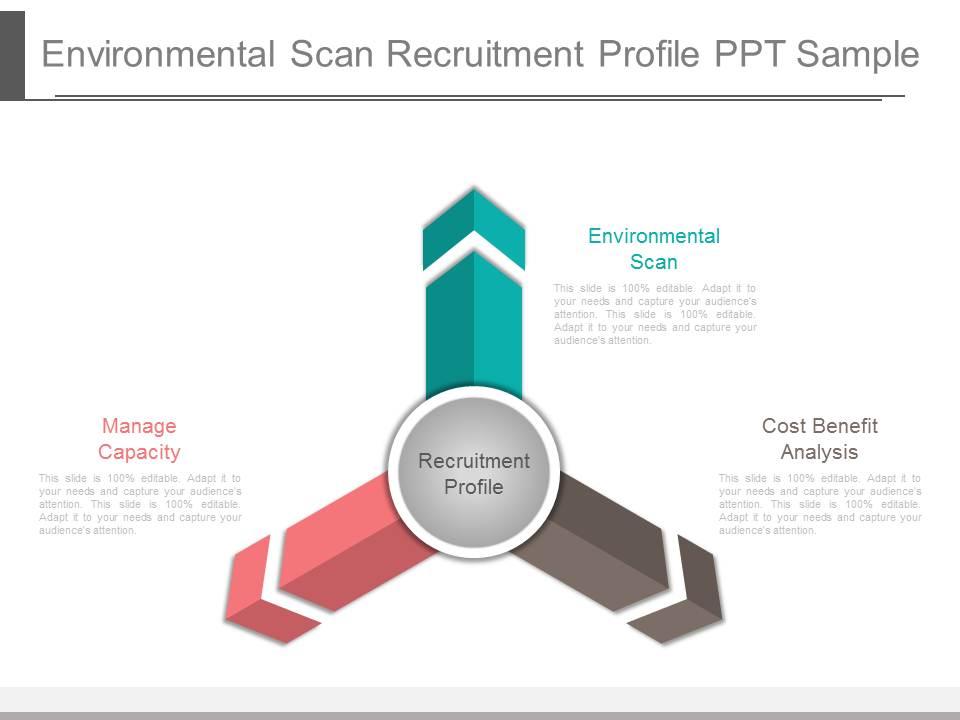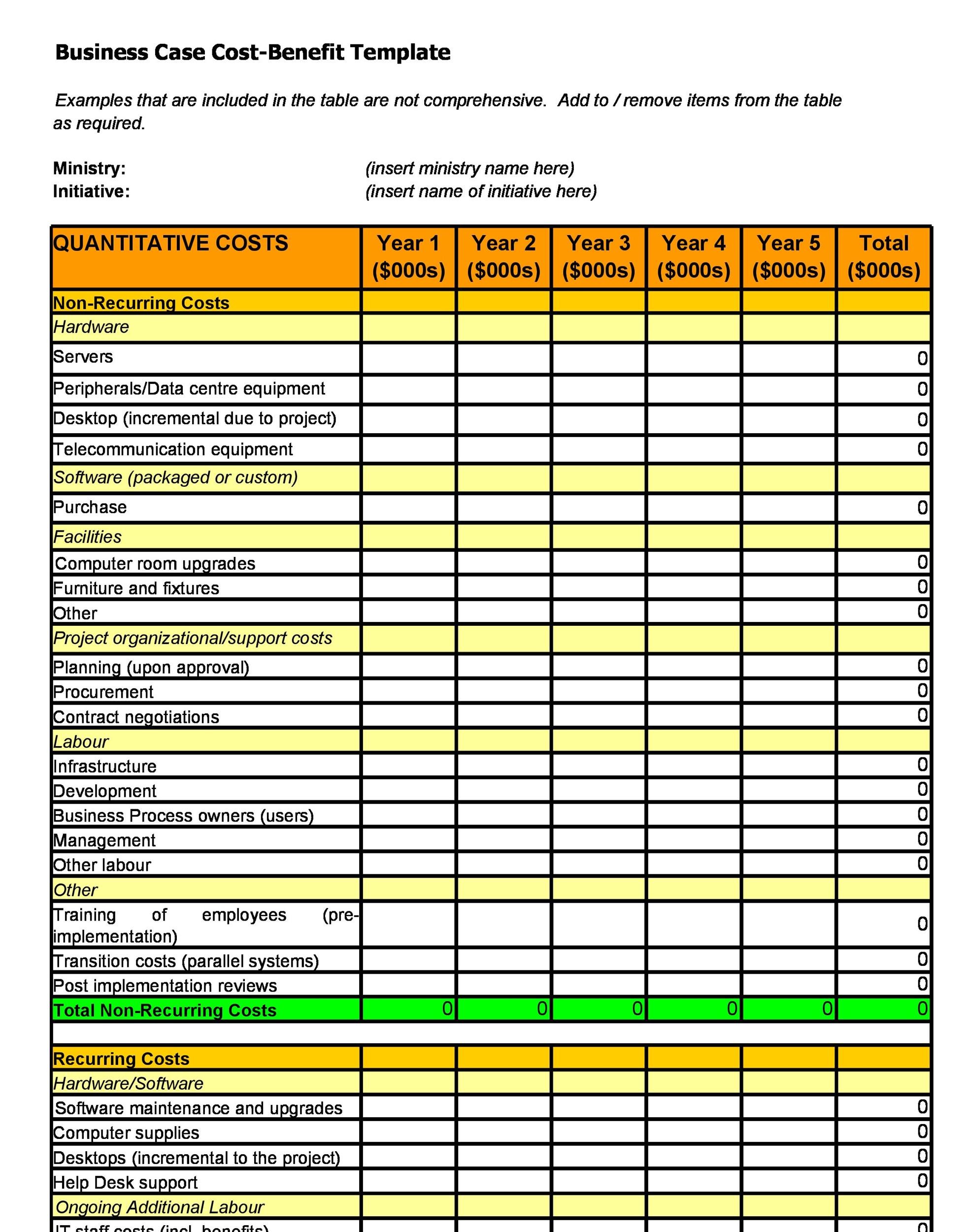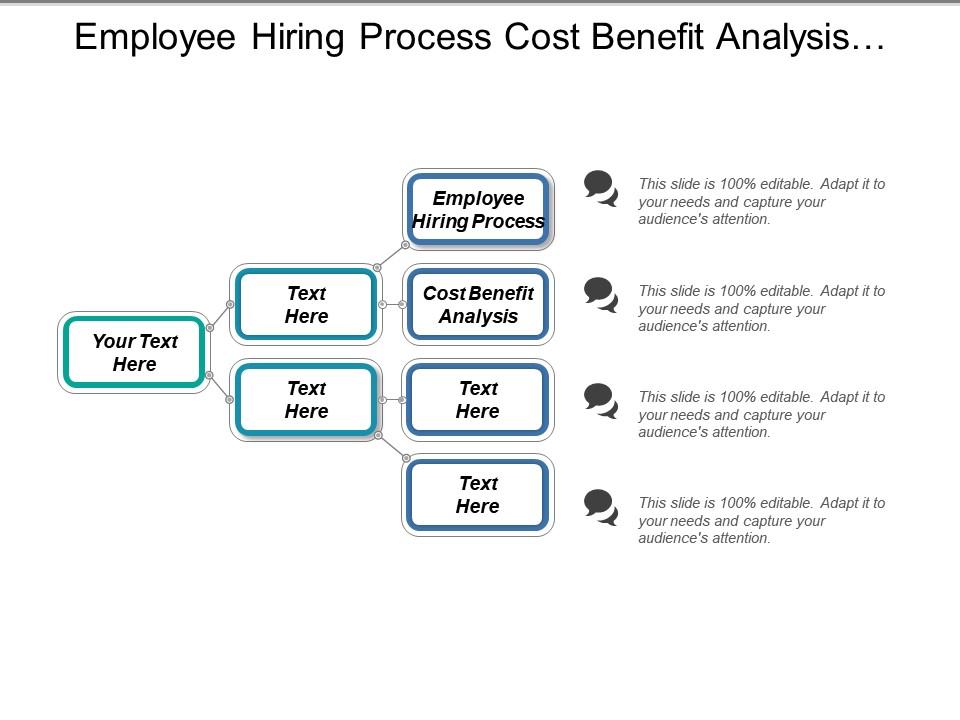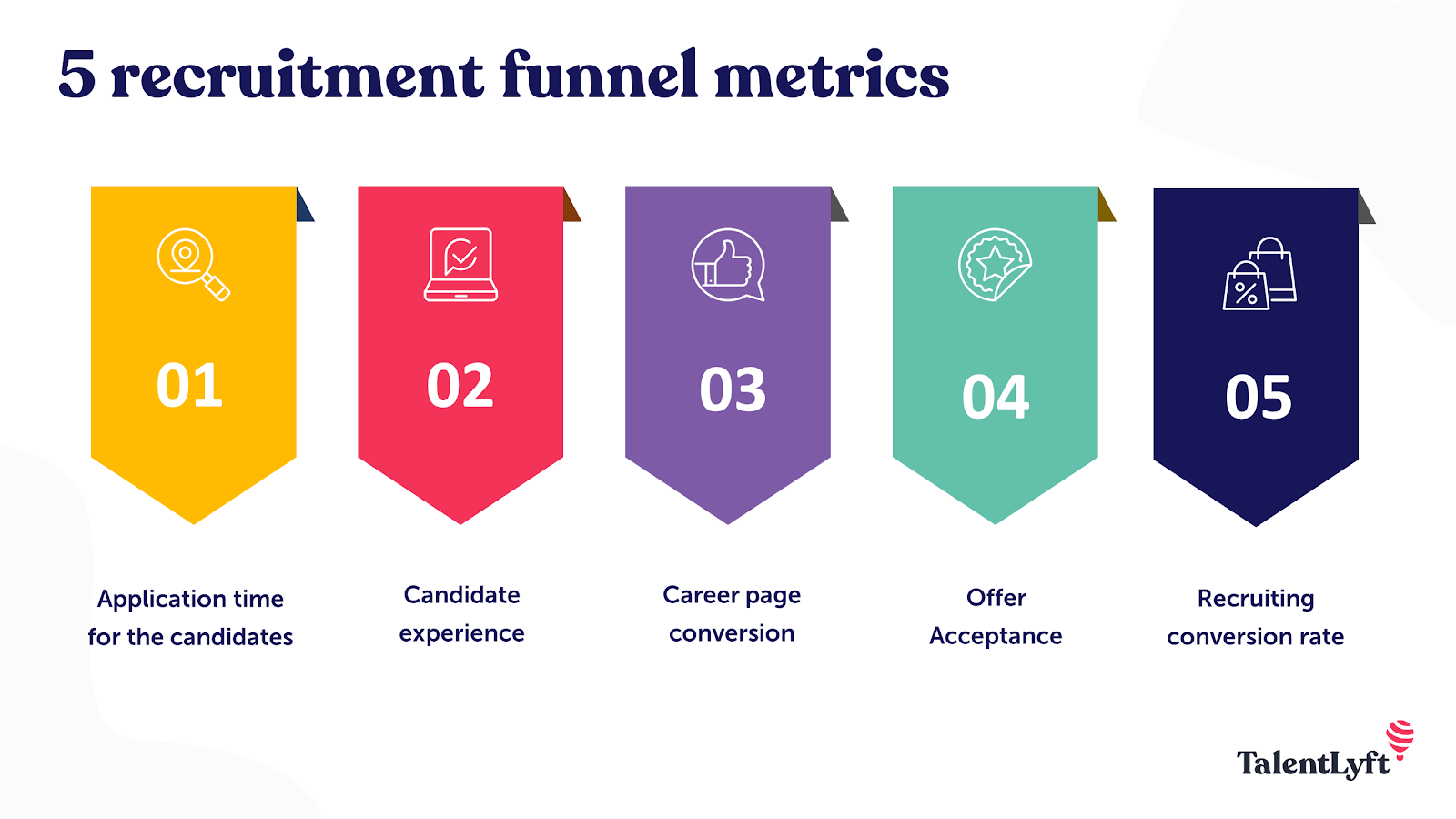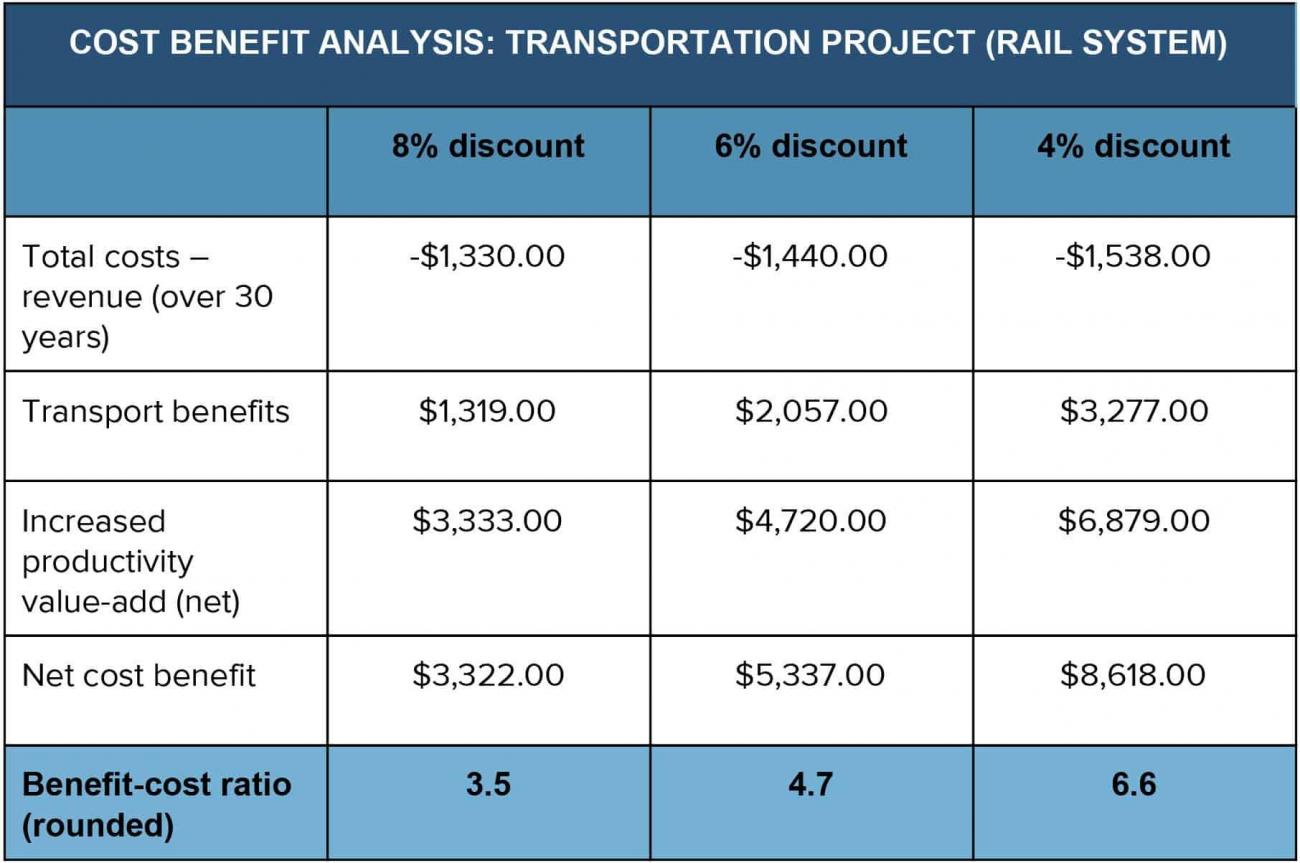Cost-benefit analysis is a useful tool for evaluating the costs and benefits associated with any business decision, including the recruitment of new employees. This analysis helps organizations to determine whether the potential benefits of hiring a new employee outweigh the costs, and can help managers to make informed decisions about staffing needs.
There are several key considerations in conducting a cost-benefit analysis of recruitment. First and foremost, it is important to consider the direct costs of recruiting and hiring a new employee. These costs may include advertising, screening and interviewing candidates, and onboarding and training expenses. It is also important to consider the indirect costs associated with recruitment, such as the time and resources required to manage the process.
On the benefits side, the primary consideration is the value that a new employee will bring to the organization. This may include increased productivity, the ability to take on new responsibilities, and the potential to contribute to the overall success of the organization. Other benefits may include the opportunity to bring new skills and expertise to the team, or to fill a gap in the organization's workforce.
To conduct a cost-benefit analysis of recruitment, organizations can use various methods to estimate the costs and benefits of hiring a new employee. One approach is to use a spreadsheet to list all of the costs and benefits associated with the recruitment process, and to calculate the net present value (NPV) of the decision. This involves estimating the present value of the future costs and benefits associated with the hiring decision, and comparing this value to the cost of recruiting and hiring a new employee.
In addition to the NPV, organizations can also consider other factors when evaluating the costs and benefits of recruitment. For example, they may consider the risk associated with hiring a new employee, as well as the potential impact on employee morale and retention. They may also consider the potential for the new employee to contribute to the organization's long-term growth and success.
Overall, cost-benefit analysis is a valuable tool for organizations to use when evaluating the costs and benefits of recruitment. By considering the direct and indirect costs of hiring a new employee, as well as the potential value that the employee will bring to the organization, organizations can make informed decisions about their staffing needs and ensure that they are making the most cost-effective choices.
